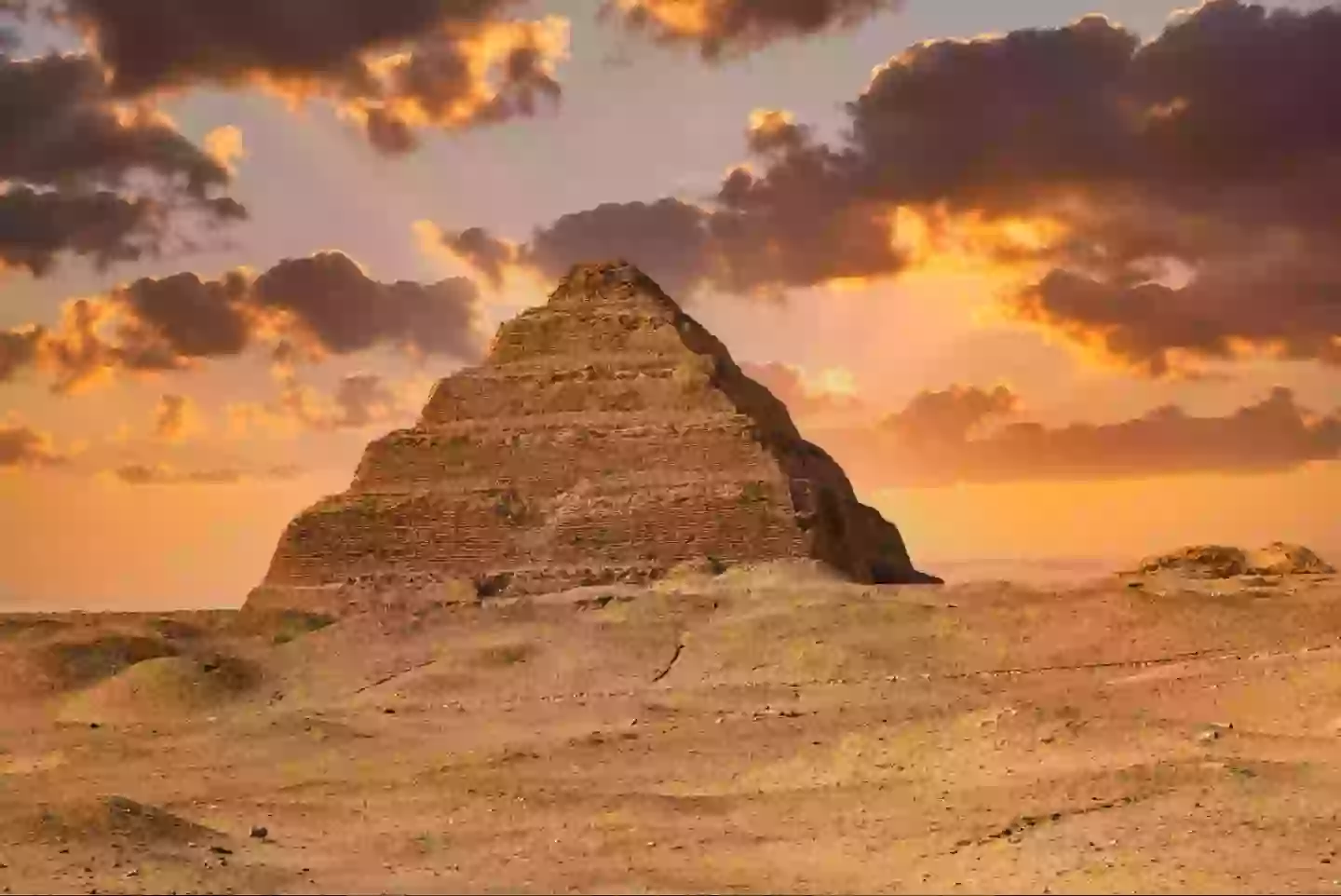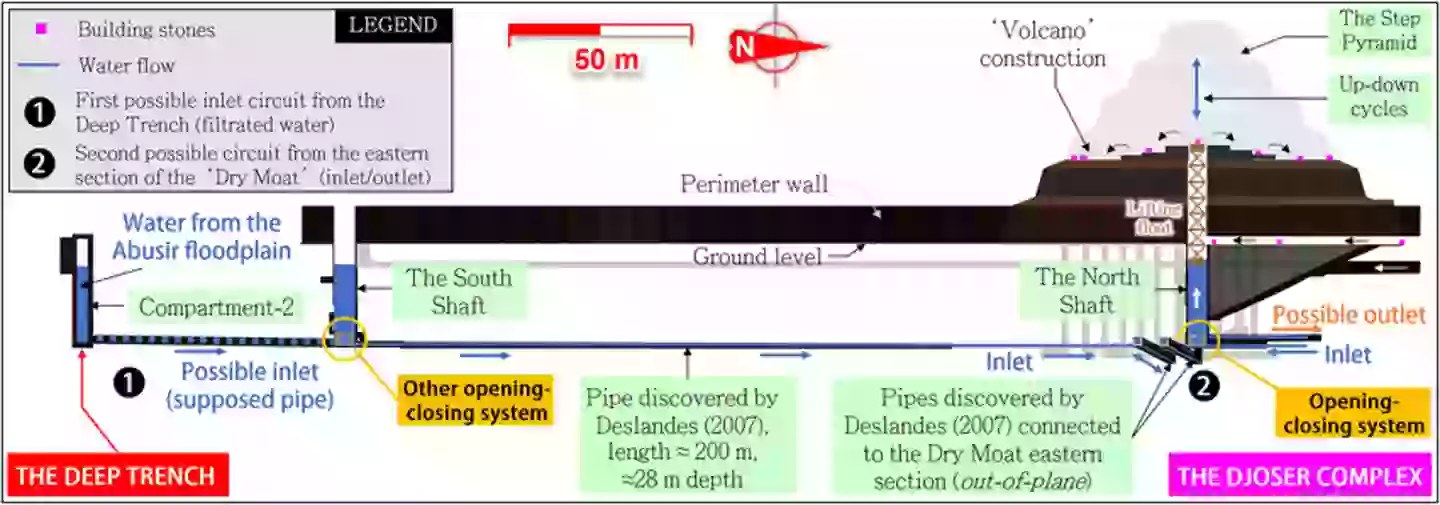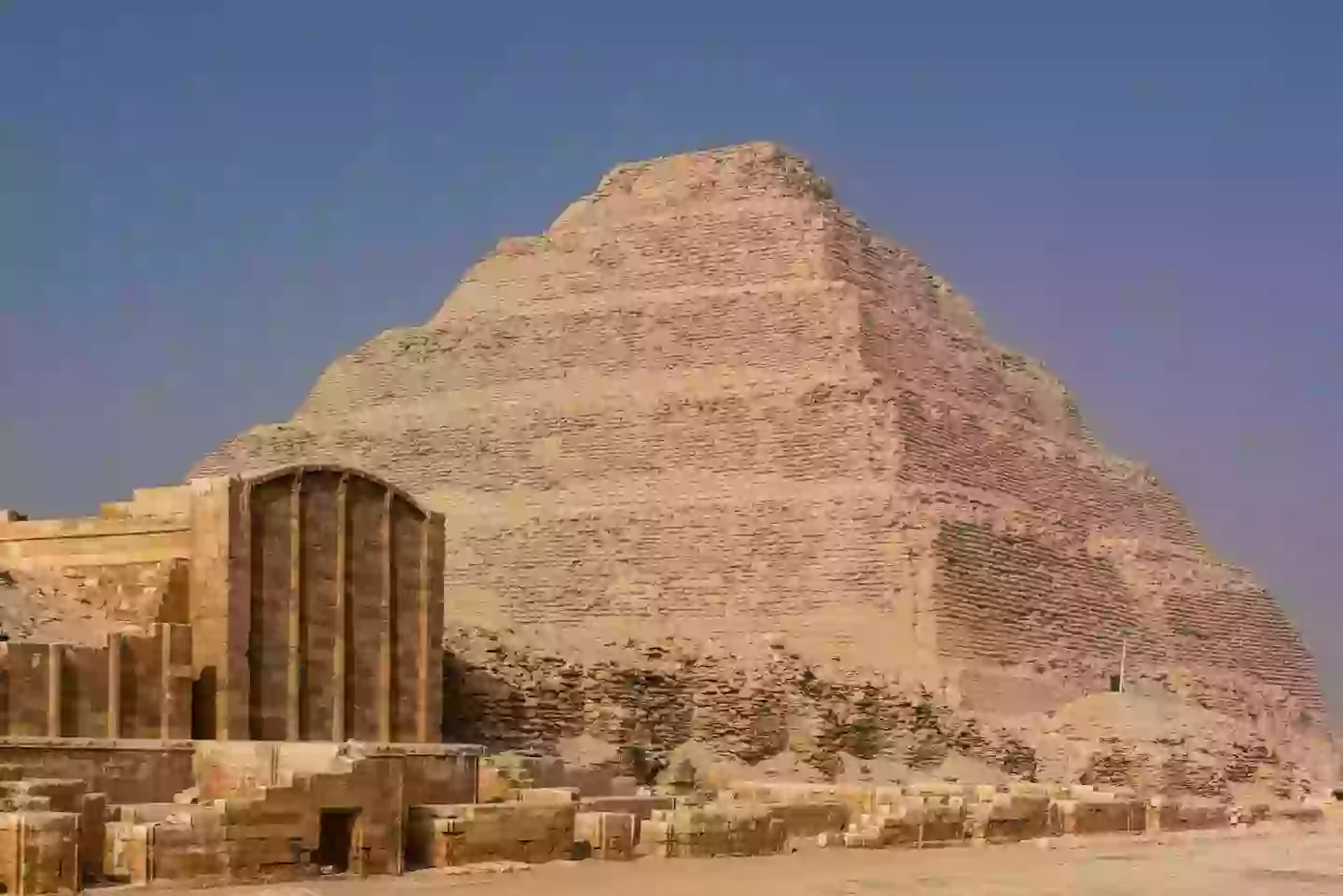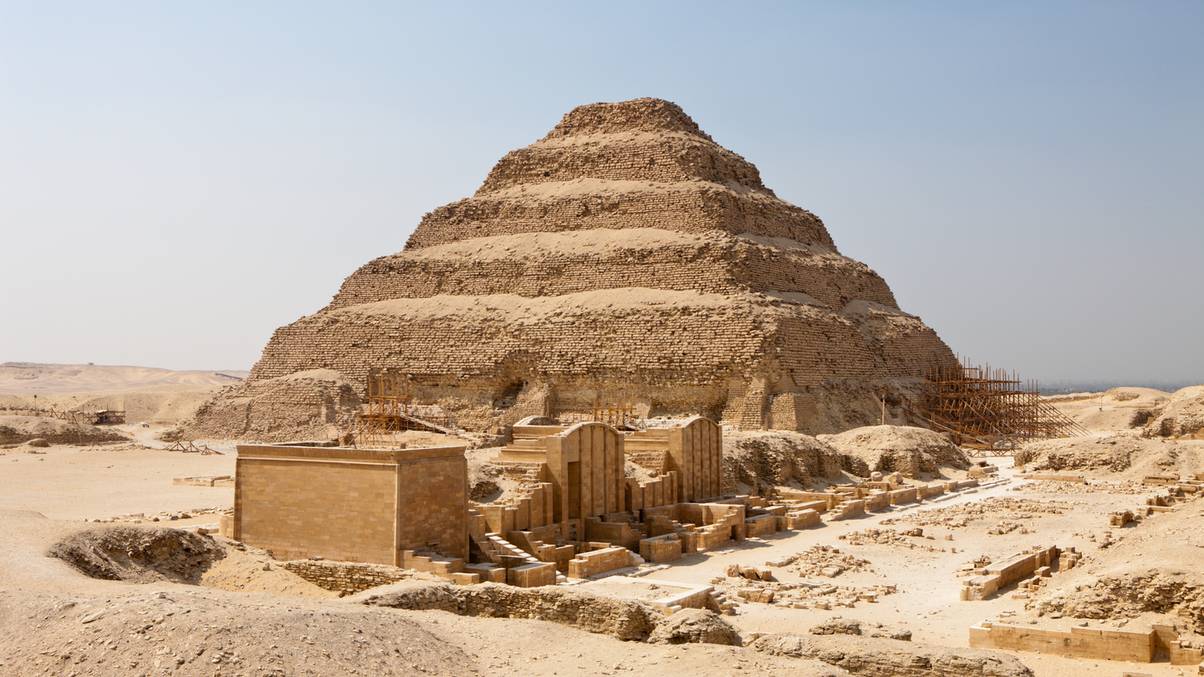Unlocking Secrets: Did Ancient Egyptians Harness Water Power to Construct the Mysterious Step Pyramid?
So, here’s a mind-bender for you: what if the ancient Egyptians didn’t just rely on a million brawny workers hauling stones up ramps to build their pyramids? Sounds like a blockbuster sci-fi twist, right? Well, buckle up, because new archaeological discoveries are flipping the script on pyramid construction—and it’s way more ingenious than we gave them credit for. Forget about endless manpower; turns out, 4,700 years ago, those desert architects might have been quietly channeling their inner engineers, using hydraulic lifts and a “volcano-style” stepped build to hoist those giant blocks as smoothly as lava rising through a volcano. Imagine ancient Egyptians basically inventing plumbing-meets-construction tech while dealing with desert sand and floodwaters—talk about multitasking! If you thought pyramid building was just brute force, prepare to rethink history’s biggest stone puzzle. Curious to see how water pressure and some clever desert water management might have made all this possible? Dive into the depths of this remarkable theory and get ready to rethink what you thought you knew about Egypt’s most famous monuments. LEARN MORE
Over recent years there has been numerous archaeological findings which are changing the way we understand how the ancient Egyptians built their pyramids. However, none of them are as impressive as the latest findings from a recent study into the pyramids.
A recent report reveals that advanced construction techniques were used as far back as 4,700 years ago, including a hydraulic lift system and a stepped construction method described as being built ‘in volcano fashion’.
The research suggests that the Pyramid of Djoser might have been constructed using a hydraulic lift mechanism, which would have lifted the blocks up through the centre of the structure, much like lava rising in a volcano.
The key finding involves a unique shaft structure located beneath the pyramid. This shaft was likely used to move heavy stone blocks up using water pressure, making shifting the giant blocks much easier than previously thought.
Most of what we knew previously about pyramid construction focused on theories involving large teams of workers dragging stones over ramps.

Hydraulics might have been used rather than manpower (Getty Images)
While this method likely still played a part, the new findings suggest the ancient Egyptians were also applying advanced engineering which previously hadn’t been thought possible in that era.
Although, many scientists over the years have claimed that ancient societies may have possessed more technological skill than previously assumed.
The study was led by Dr. Xavier Landreau from the CEA Paleotechnic Institute, and included a team of hydrologists.
Their findings pointed to a water management system that would have been considerably sophisticated for the time.

A diagram as to how the ‘volcano method’ might have worked (Xavier Landreau et. al/PLOS ONE)
Dr. Landreau and his team utilised satellite radar imagery, which helped them to identify Gisr el-Mudir, a stone enclosure, as having all the ‘technical characteristics of a check dam’, something that would have been used to control flash floods and capture sediment.
In his findings, Dr. Landreau explained: “The monumental linear rock-cut structure in the southern section of the moat combines the technical requirements of a water treatment facility: a settling basin, a retention basin, and a purification system. This setup likely directed sediment-free water to feed the hydraulic lift system within the pyramid.”
In case you’re wondering, how did they use hydraulics in the desert? The answer is simple.

It’s suspected the Gisr el-Mudir was a check dam (Getty Images)
As pointed out in Dr. Landreau’s paper, the Third Dynasty period coincided with the latter part of the Green Sahara period, a period of time where northern Africa had much more rain, vegetation, and of course, water.
He even went on to say: “Before the Fourth Dynasty, there were more problems with floods than with a lack of water.”
While the research currently only offers theories on how the pyramids were built, it does offer us a much more likely scenario, showing how an ancient civilization could have used ingenuity to do what had previously seemed impossible.



















